Feed description:
Channels to the North of Savich Crater - NASA Jet Propulsion Laboratory
8/31/22 at 9:50pm

This image acquired on June 8, 2022 by NASA's Mars Reconnaissance Orbiter shows channels cutting through the ancient rim of Savich Crater.
Viewed by
You are the first to view

This image acquired on June 5, 2022 by NASA's Mars Reconnaissance Orbiter shows two overlapping impact craters.
Viewed by
You are the first to view
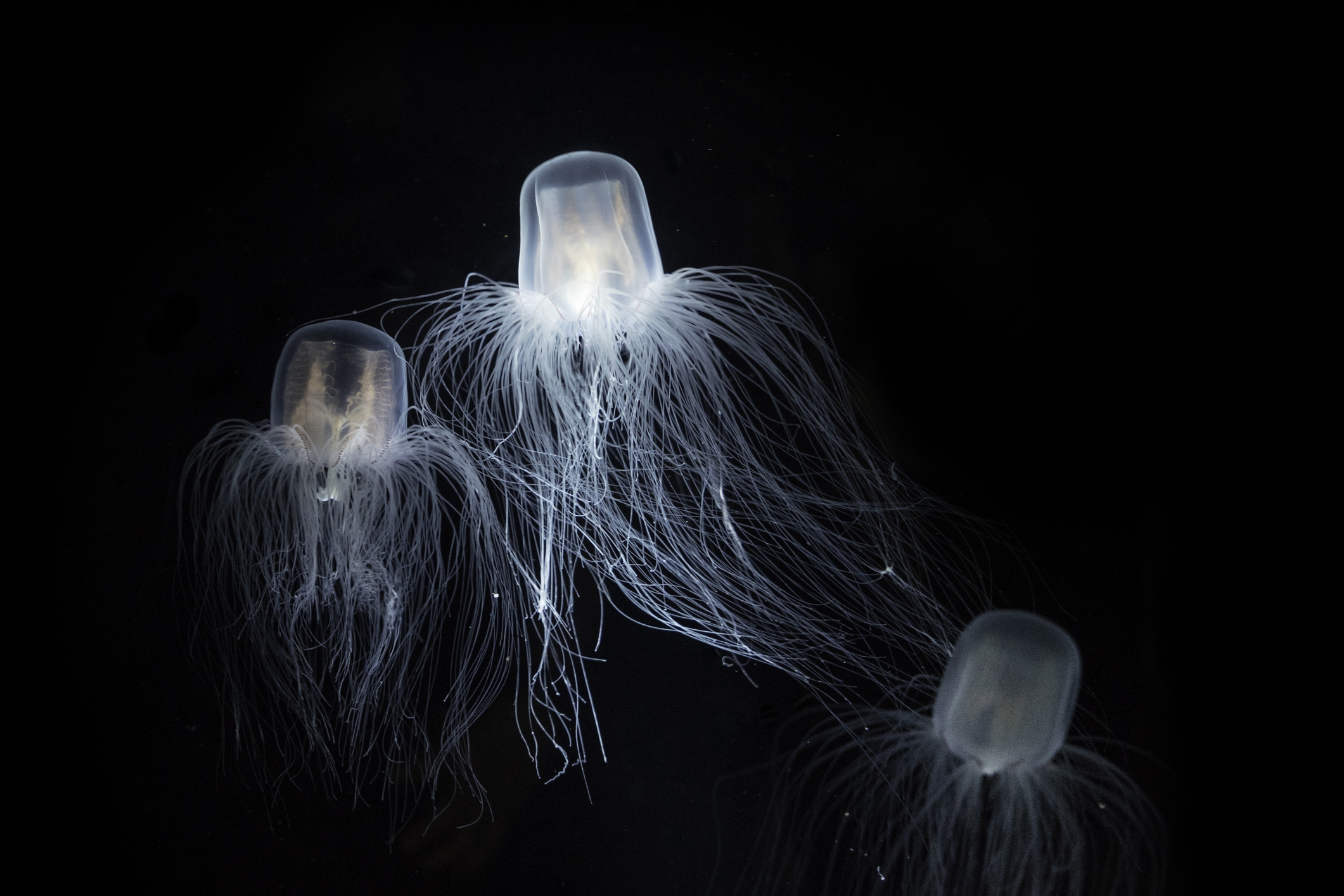
Scientists in Spain have unlocked the genetic code of the immortal jellyfish.
Viewed by
You are the first to view
These Synthetic Mouse Embryos Grow Brains and Beating Hearts - CNET
8/31/22 at 9:50pm

The embryo models, grown without eggs or sperm, could one day reduce the use of animals in research or supplement transplants.
Viewed by
You are the first to view
Super Typhoon Henry may bring rain to Batanes, Babuyan as September begins - Rappler
8/31/22 at 9:16pm

Light to heavy rain from Super Typhoon Henry (Hinnamnor) could affect Batanes and Babuyan Islands on Thursday, September 1
Viewed by
You are the first to view
Unraveling the mysteries of the night sky with AI - Phys.org
8/31/22 at 9:50pm

Technische Universität Ilmenau (Germany) is using artificial intelligence to improve the detection and classification of unidentified phenomena in the night sky. The research team of the group for data-intensive systems and visualization collaborated with the…
Viewed by
You are the first to view
Juicy research unearths new genome within the tomato family - Phys.org
8/31/22 at 9:50pm

Hidden beneath the delicate, red skin and juicy flesh of a tomato is a wealth of nutrients and genetic makeup. With recent research on the first genome of a species in the tomatillo tribe (part of the tomato family), we now have a better idea of how this vita…
Viewed by
You are the first to view
Intel Raptor Lake CPUs release date leaks – launching a month after AMD - Tom's Guide
8/31/22 at 9:50pm

Intel will launch its 13th Gen Core CPUs in October, according to an alleged leak
Viewed by
You are the first to view
Colorful Moths and Beetles Taking Flight in Slow Motion - Laughing Squid
8/31/22 at 9:50pm

Adrian Smith of Ant Lab captured 6K fps slow motion footage of colorful moths and beetles taking flight from a standing position.
Viewed by
You are the first to view
Potential Long-Term Treatment for Asthma Discovered - SciTechDaily
8/31/22 at 9:50pm

Rather than merely treating its symptoms, a new strategy targets one of asthma's causes. Researchers from Aston University and Imperial College London have identified a potential method to address one of the fundamental causes of asthma. In experiments with m…
Viewed by
You are the first to view
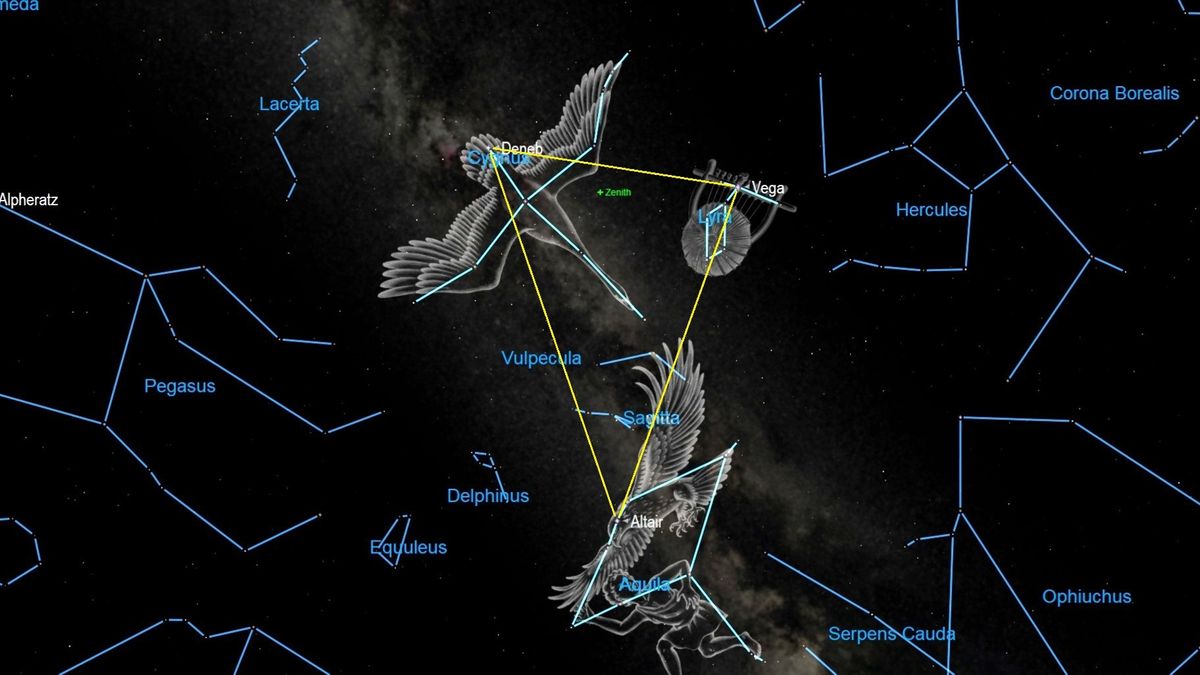
See summer’s favorite asterism rise above the eastern horizon just after dusk on Wednedsay (Aug. 31).
Viewed by
You are the first to view
Scientists in China created the first-ever mammal with fully reprogrammed genes - BGR
8/31/22 at 9:50pm
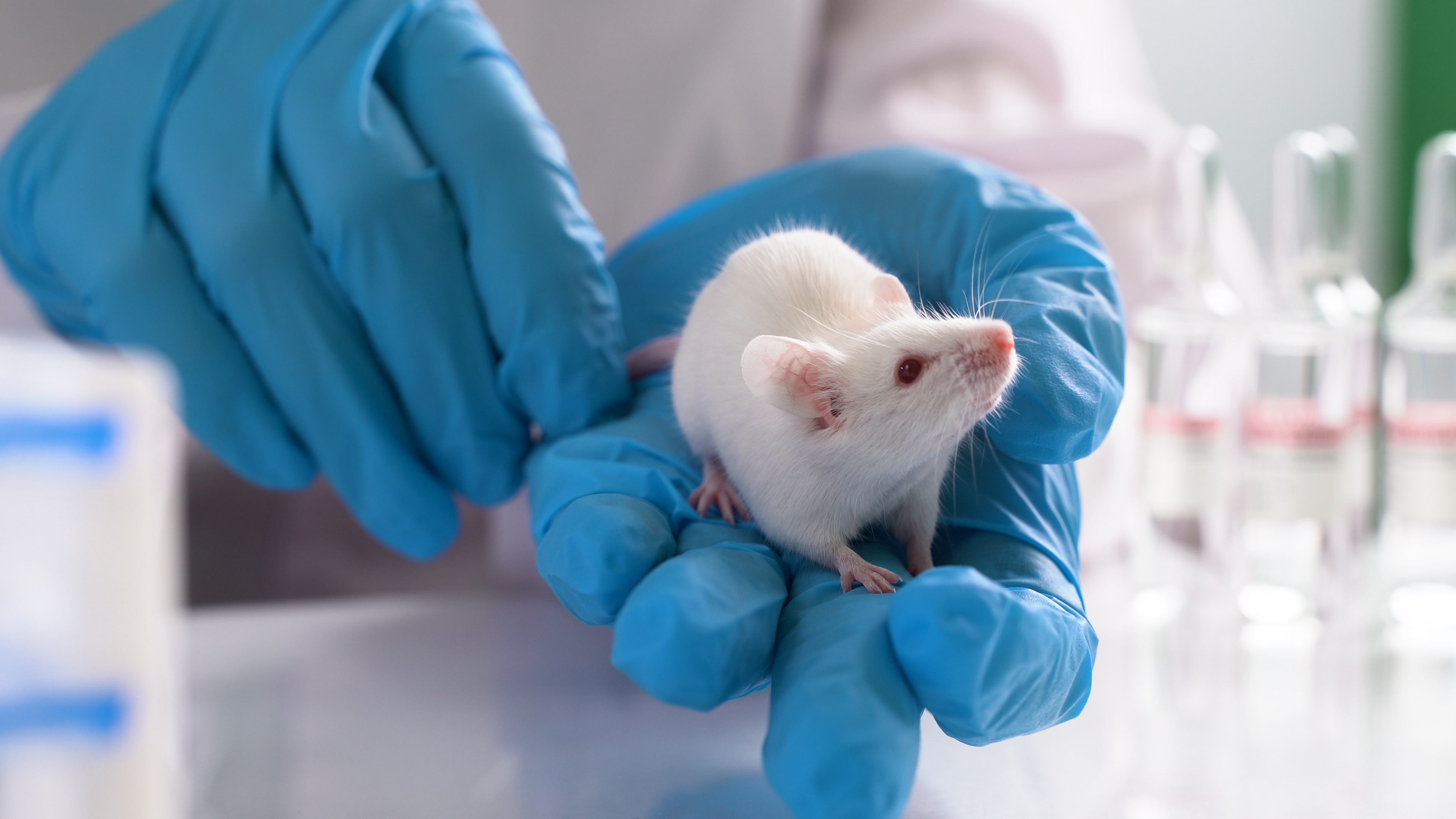
Scientists in China have managed to create a genetically modified mammal with fully reprogrammed genes by editing its chromosomes.
Viewed by
You are the first to view
Author Correction: Selective advantage of trisomic human cells cultured in non-standard conditions | Scientific Reports - Nature.com
8/31/22 at 9:50pm
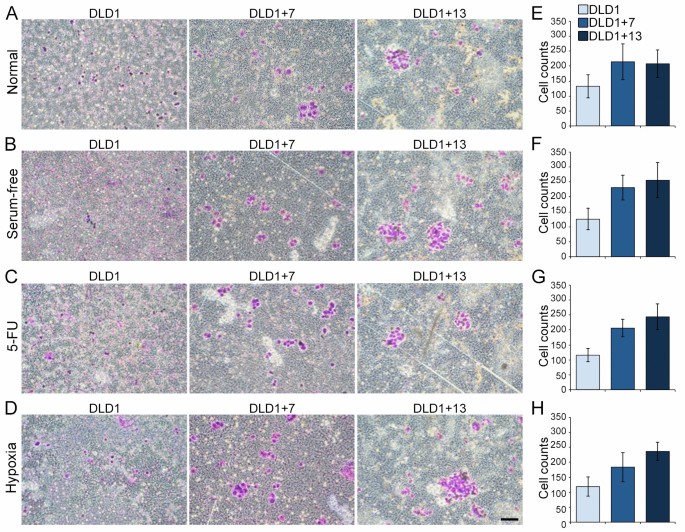
Scientific Reports - Author Correction: Selective advantage of trisomic human cells cultured in non-standard conditions
Viewed by
You are the first to view
Palaeontology: Climate belts shaped early dinosaur distribution | Nature | Nature Portfolio - Nature Middle East
8/31/22 at 9:50pm

A new collection of Triassic dinosaur fossils from Zimbabwe suggests that the earliest dinosaurs were confined to a temperate region in the far south of the ancient supercontinent of Pangaea. The find
Viewed by
You are the first to view
A fast and energy-efficient manufacturing process results in a strong, non-toxic and fire-resistant adhesive--and a great opportunity for the bioeconomy.
Viewed by
You are the first to view
New type of dishwasher could kill bacteria in less than 30 seconds — while also being more efficient. - ZME Science
8/31/22 at 9:50pm

Computer simulations suggest the method could be much more efficient.
Viewed by
You are the first to view
Astronomer's Expedition Reveals Alien Technology At The Bottom Of The Ocean? - msnNOW
8/31/22 at 9:50pm

The world is starting to take the possibility of other life than humans a bit...
Viewed by
You are the first to view
Scientists unlock secrets of 'immortal jellyfish' | DW | 31.08.2022 - DW (English)
8/31/22 at 9:50pm
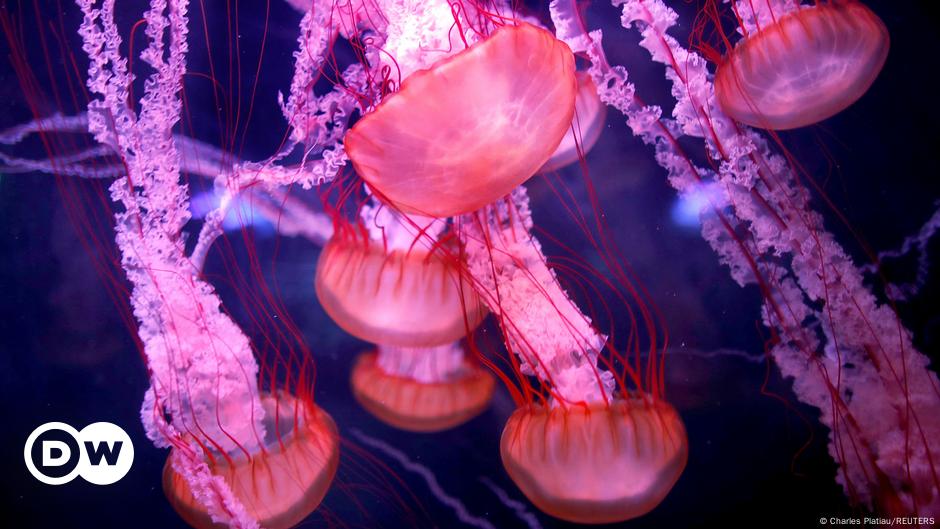
This jellyfish can repeatedly reverse its age. Scientists hope the immortal jellyfish can provide clues for human aging.
Viewed by
You are the first to view
New algorithm uncovers the secrets of cell factories - Science Daily
8/31/22 at 9:50pm
Drug molecules and biofuels can be made to order by living cell factories, where biological enzymes do the job. Now researchers have developed a computer model that can predict how fast enzymes work, making it possible to find the most efficient living factor…
Viewed by
You are the first to view
Mouse “embryoids” can now be grown from stem cells - The Economist
8/31/22 at 9:50pm

They have incipient brains, hearts and guts
Viewed by
You are the first to view
Chaotic Crust Contains Clues To Mars’ Watery Past - Astrobiology News
8/31/22 at 9:50pm
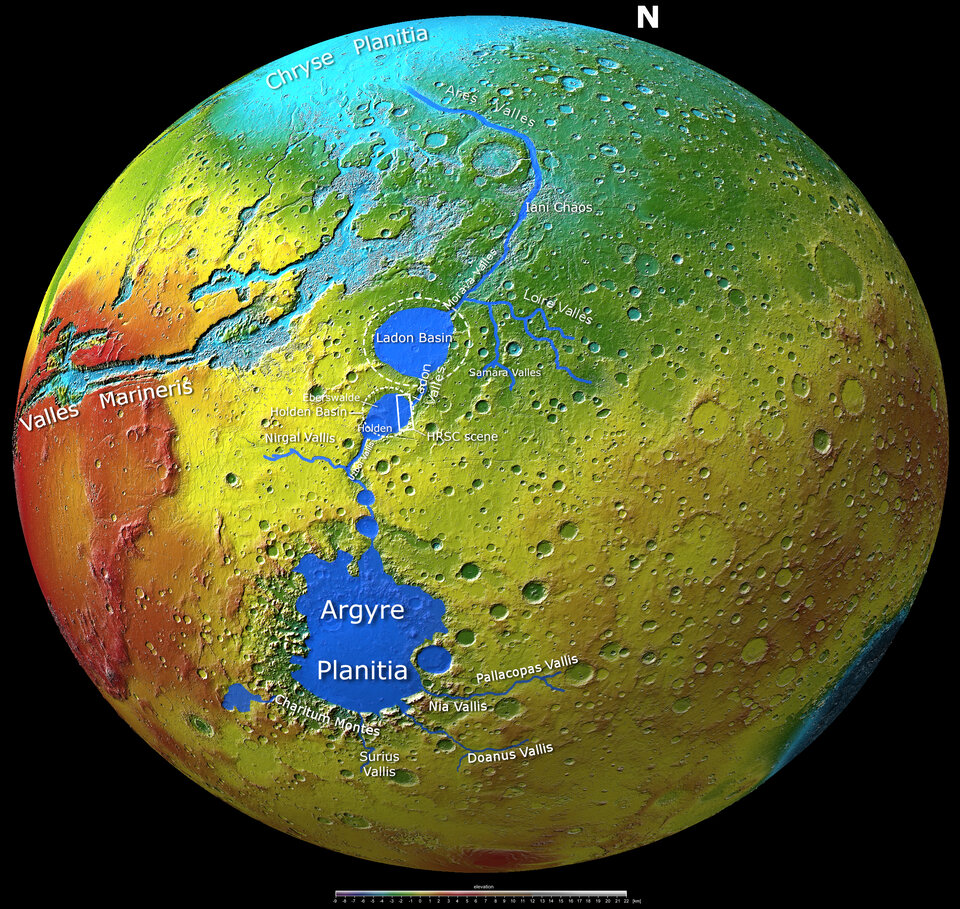
The Holden Basin* is part of a series of channels and sinks called the Uzboi-Ladon-Morava (ULM) outflow system that may have once drained up to 9% of the martian surface.
Viewed by
You are the first to view
Enhanced ocean oxygenation during Cenozoic warm periods - Nature.com
8/31/22 at 9:50pm
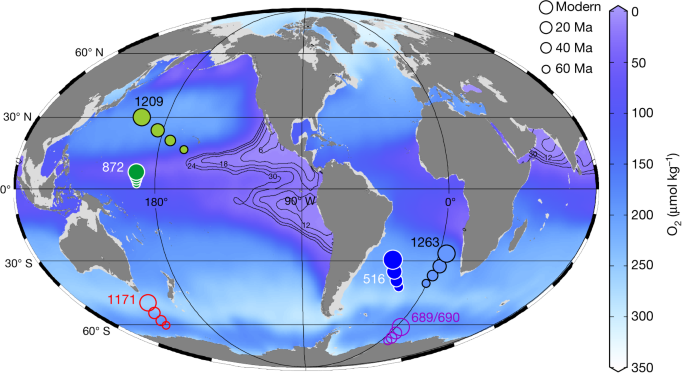
By using foraminifera-bound nitrogen isotopes, it is shown that, during two warm periods of the Cenozoic, oxygen-deficient zones contracted rather than expanded, suggesting that global warming may not necessarily lead to increased oceanic anoxia.
Viewed by
You are the first to view
Intralayer charge-transfer moiré excitons in van der Waals superlattices - Nature.com
8/31/22 at 9:50pm
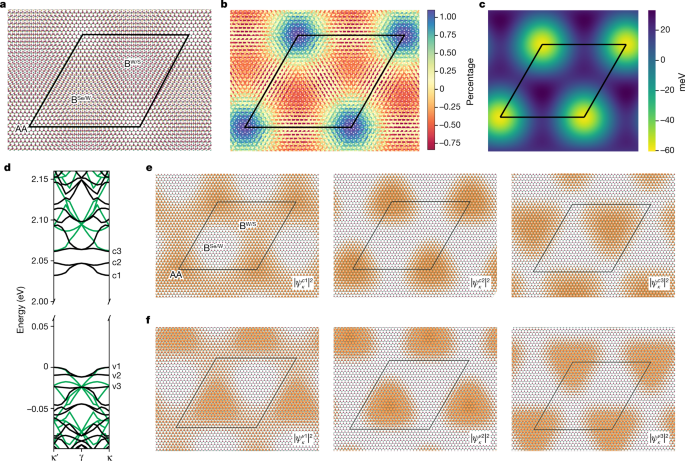
By combining large-scale first-principles GW-BSE calculations and micro-reflection spectroscopy, the nature of the exciton resonances in WSe2/WS2 moiré superlattices is identified, highlighting non-trivial exciton states and suggesting new ways of tuning many…
Viewed by
You are the first to view
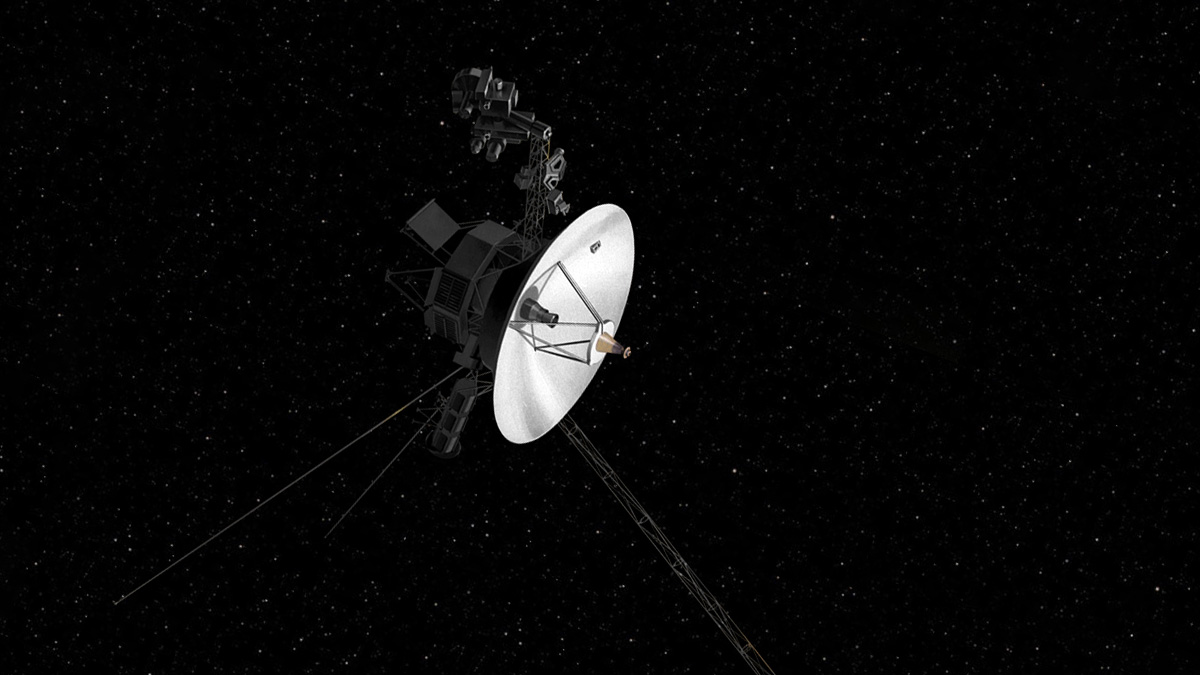
NASA launched the Voyager 1 and 2 space probes in 1977 to explore the outer solar system, and 45 years later, both are still (partially) functional. Voyager 1, which is over 14 billion miles from Earth, just got a software update.
Viewed by
You are the first to view
An atlas of plant poly(A) tail length reveals phased peaks and tissue-specific patterns - Nature.com
8/31/22 at 9:50pm
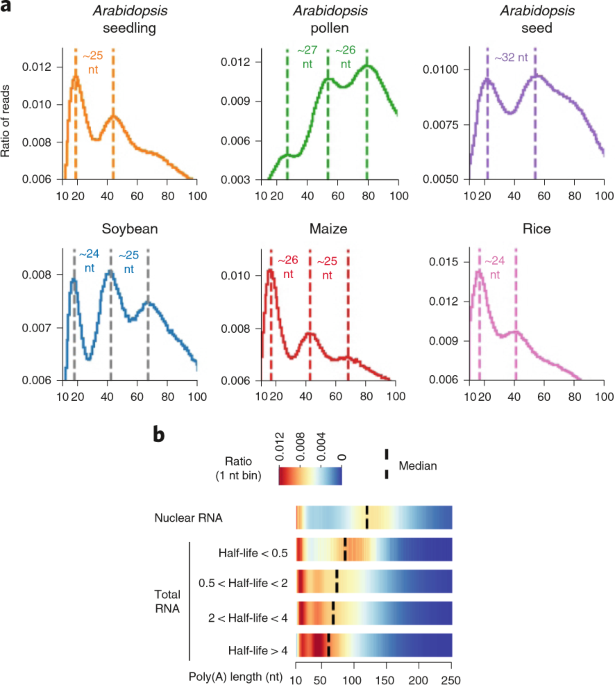
We applied single-molecule nanopore sequencing to over 120 million full-length RNAs, including the poly(A) tail, from various tissues and plant species. The resulting dataset enables the genome-wide characterization of plant poly(A) tails at the single gene l…
Viewed by
You are the first to view